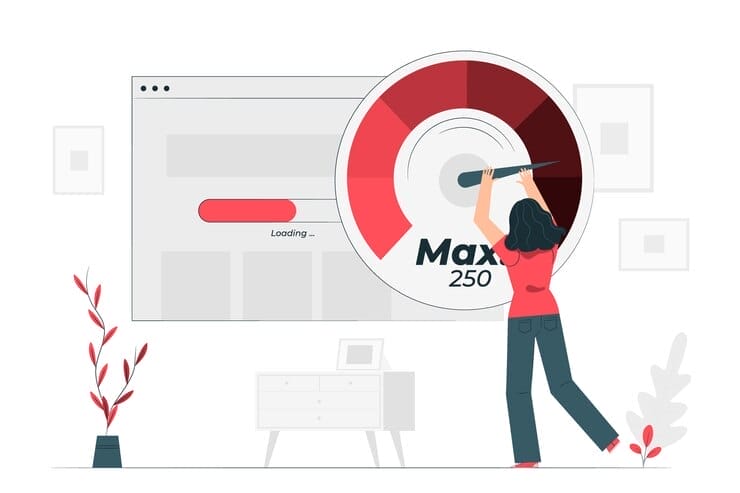Discover how to refresh your brand’s image and appeal. Explore brand repositioning strategies, definitions, and inspiring examples.
Recommended For You: How to use Digital Marketing to Position your Brand
Table of Contents
What does brand repositioning entail?
Brand repositioning is a strategic approach to rebranding a company or product. This involves changing the image of a brand or product to better align with the needs of consumers.

Brand repositioning is a strategy where a company takes its existing brand identity and uses it to create a new image for the same consumer group. This strategy is used when a company wants to change its reputation from being known for a specific type of product or service to something different.
A company may decide to reposition itself after establishing a solid brand identity. Once this happens, the company needs to act to move its brand.
A brand repositioning strategy may involve:
- Changing the product’s name
- Altering its packaging
- Adding new features
- Redesigning the logo, packaging, advertising, websites, and social media, or even
- Completely redesigning the product.

Brand repositioning is a valuable exercise because it helps you step back and discover what your brand means in the eyes of your customers. You should not undertake it too frequently if your brand is doing well.
But if you struggle with sales or public perception, it’s always a good idea to go back to basics and ask what’s truly unique about my brand?
The goal of this article is to give you some tips on how to reposition your brand. There are many factors involved in brand repositioning. Before starting any brand repositioning project, here are some things you should consider.
• How does my current brand compare to my competitors?
• Is my brand strong enough to compete against my competitors?
• Does my target audience understand what I am trying to say?
• Do I have a distinct idea of where I want my brand to go?
• Am I willing to spend the time needed to accomplish this?
• Are there any obstacles that will prevent me from reaching my goals?
Handpicked For You:
- Product Repositioning: Definition, Strategies, & Examples
- 10 Poor Brand Image Examples & Poorly Branded Products
- The Starbuck Brand: Positioning, Segmentation, & Targeting
When is a brand repositioning something to think about?

When your current positioning isn’t working anymore
If your brand image isn’t resonating with consumers or if you’re struggling to gain traction in a competitive market, then it might be time to rebrand. Brand repositioning involves taking a step back from your existing branding strategy and reconsidering what makes your brand unique, memorable, and desirable.
When your brand name isn’t strong enough
You may think your brand name is excellent, but if you’ve had it for years, it’s not as strong as it could be. This is exceptionally accurate for small businesses or startups. A firm brand name is critical to building recognition and awareness, so it might be time for a change if yours isn’t standing out among your competitors.
When you want a fresh approach to your brand
Brand repositioning doesn’t always mean changing your logo or color palette. Sometimes, it means completely revamping your entire identity. You might choose a different font, add a new slogan, or even switch up your visual style altogether.
When your company needs a refresh
Like your personal brand, your company brand needs to evolve to stay relevant. New technologies, changes in consumer preferences, and industry competition will require you to adjust your brand.
When you want to change your target audience
A brand repositioning strategy is used when you want to change your audience. This means changing what you offer and who you target. You may need to create a new brand identity to target a different audience. You would then need to develop a new positioning statement, logo, tagline, and tone of voice.
When attempting to stand out from the competition
You can choose to position yourself differently from your competition. By doing this, you can gain market share and increase profits. However, this requires a much deeper understanding of your industry and competitors. You need to understand how they operate and what makes them unique. You can then position yourself as a solution provider to their problems.
When attempting to enter a new market
If you enter a new market, you could reposition your existing brand. Or, you could launch a new brand altogether. Either way, this involves developing a new positioning statement, logos, taglines, and tone of voice for both brands.
Although a company would wish to reposition its brand for many reasons, few realize that the process requires more than adding a new design or changing some copy.
While these strategies may be effective in reviving interest, every branding strategy should begin with an analysis of the strengths and weaknesses of your brand and how it relates to your customers.
After that, you will only be able to design a coherent and effective campaign to bring about the outcomes you want for your company.
How do you reposition a brand?

Define Your Mission Statement
Undoubtedly, this is among the most significant things you can do for your brand. A mission statement defines what you want to accomplish and how you intend to achieve those goals. This keeps you concentrated and prevents you from being distracted by the naysayers.
Set Your Goals
It would be beneficial if you clarified your goals before working towards them. This could mean writing down your vision or defining your values. Once you’ve identified your objectives, you can decide where to focus your efforts.
Identify your target audience.
The first step to any successful branding campaign is identifying your target market. As a small business owner, you may think you already understand your customers well enough, but this assumption could prove fatal. Unless you talk to your potential clients, you won’t know what they want, how they want it, and where they want it.
Know your competition
Once your target market has been established, you must place your competitors. This requires research. There are many different tools available to help you perform this task. Google Analytics, Brandwatch, and Facebook Insights are some of the best resources for finding your competitors.
Define your ideal customer profile
It would be ideal if you currently have a clear idea of your target market. Now you need to figure out what type of person would purchase your product. To do this, you must make a persona. A persona is a fictional character that represents your ideal buyer. It aids in your comprehension of your client’s wants, needs, and desires.
Create a unique value proposition
Every company has its unique value proposition. This is the promise you offer to your customers that makes them want to buy from you instead of your competitors. For example, Apple provides a sleek, stylish smartphone packed with features. They also offer their users access to exclusive apps and entertainment. The unique value proposition is how you position yourself against your competitors.
Find Your Voice
After you’ve defined your goals and established your values, you can develop your voice. What impression do you want to make? What is your tone going to be? Who will you talk to? What kind of language will you use? Will you use humor or straightforwardness? The responses to these inquiries will assist in determining your brand identity.
Leverage Storytelling
Once you have found your voice, then tell your brand stories.
Storytelling is one of my go-to strategies for connecting emotionally with customers.
It could be the key to elevating your brand repositioning strategies. Storytelling involves using narratives to communicate a brand message. The aim is to build an emotional connection with customers and inspire them to take action.
Marie Hattar, CMO at Keysight Technologies believes that reorienting the marketing tactics around storytelling can help marketing teams break and cut through the noise “rather than be drowned out by the content tsunami.” [Forbes]
According to the former Forbes Council Member, the reason is people don’t remember data, speed, or feed. Instead, it’s stories that transcend people, time, and culture.
Like Marie, we believe that storytelling is powerful, but video content makes it even more powerful.
Thankfully, Adilo makes it a breeze. The video hosting platform comes with a built-in screen and camera recorder, making it easier to share your brand stories. It also supports unlimited video and podcast hosting, anti-piracy and video security features, and a video scheduler to automate your video releases.
Brand repositioning examples
Here are some brand repositioning examples you would want to know about:
Gucci

Gucci is one of the world’s largest luxury fashion brands. The company was founded in 1921 by an Italian businessman and fashion designer named Guccio Gucci, who wanted to create Luxury clothing for upper-class people.
In the early 2010s, Gucci was seen as a representation of elegance and luxury. Everyone then desired a pair of Gucci belts or handbags, but as time passed and its target market grew older, the premium brand’s era started to fade.
The CEO and Creative Director Alessandro Michele’s predecessor, Marco Bizarre, started considering strategies to engage the younger demographic.
Gucci has successfully implemented various strategies to stay relevant and innovative.
They started by concentrating on quality rather than quantity. Instead of producing many low-quality bags, they focused on making only a few exceptional pieces.

Another tactic they used was to partner with well-known artists and designers. For example, they worked with Alexander McQueen, Tom Ford, and Yves Saint Laurent.
They used social media sites like Instagram to interact with younger generations.
They modernized their logo to suit a contemporary style.
Gucci’s success came from its ability to reinvent itself constantly. Since the beginning, the company has always looked ahead and had a clear vision of where they want to be in the future. They have also consistently taken risks, both in terms of design and branding.
Despite its humble beginnings, the brand became highly successful, and today, it is valued at more than $10 billion. At the moment, Gucci continues to innovate and experiment with new designs. Gucci continues to produce high-end fashion items, including shoes, handbags, wallets, belts, and eyewear.
Starbucks
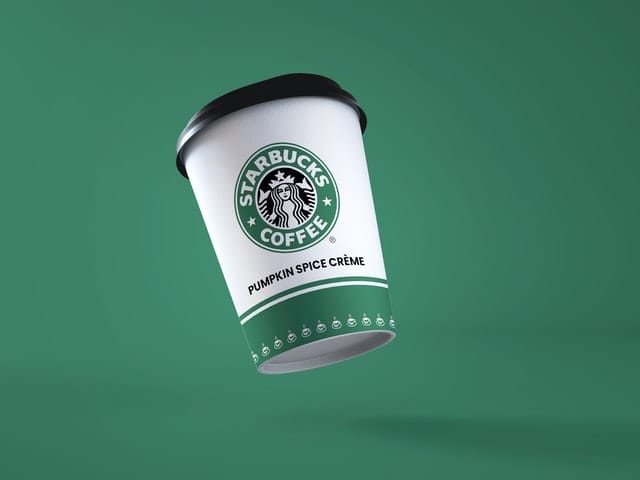
The Starbucks brand is one of the biggest names in today’s coffee and beverage industry. However, they have faced many challenges, including the rise of other coffee shops offering lower prices and fewer services than Starbucks stores.
To cope with this challenge, Starbucks launched its rebranding strategy in 2016. This strategy aims to increase its brand’s value and position itself as a premium coffee company.
Starbucks’ brand repositioning is “The World’s Most Famous Coffee.” While this may seem obvious, it is pretty challenging to achieve. Through many strategies, Starbucks has maintained its position as the world’s most famous coffeehouse chain.
To achieve its repositioning strategies, Starbucks first identified its promise. They promised to deliver great-tasting beverages and exceptional experiences. One of the most successful was the introduction of the Starbucks Reserve Roastery & Tasting Room. This concept allowed Starbucks to create a unique experience for its customers while maintaining its reputation for quality.
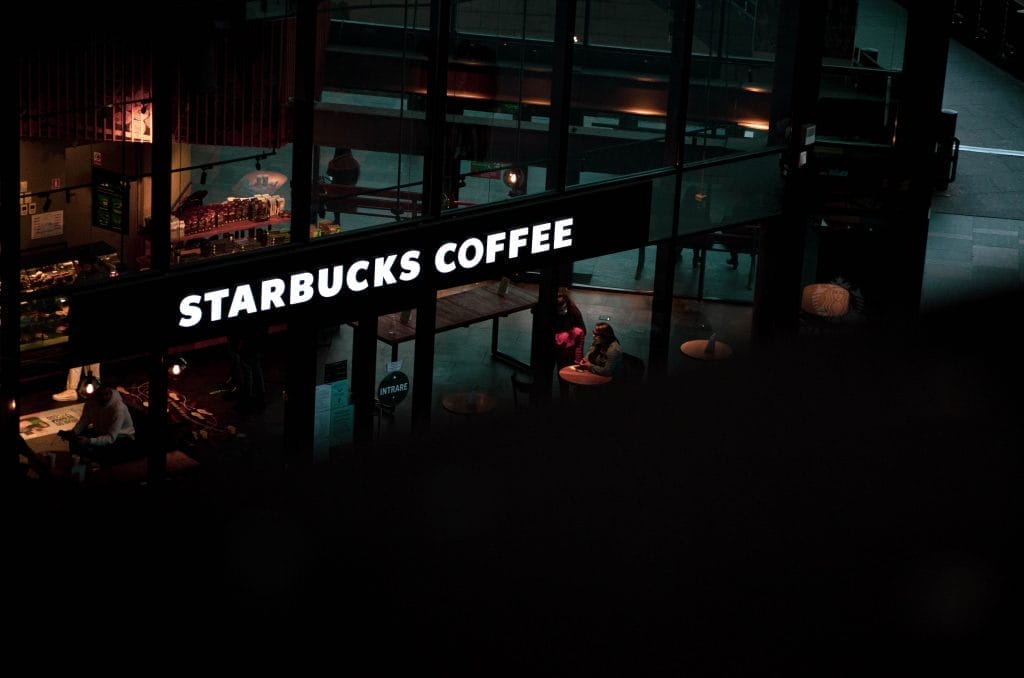
To deliver great-tasting beverages, Starbucks created a value proposition. This is the reason why they offer a wide variety of beverages. They aim to satisfy any taste buds. They also make unique drinks, especially for different occasions. Lastly, they provide personalized service to enhance the overall experience of their customers.
Starbucks believes that the customer experience is the top priority. They want to ensure that their customers feel valued and appreciated. Therefore, they focus on ensuring that customers receive excellent service and enjoy their time at the store.
Starbucks has always been known for being environmentally friendly. They were the first coffee house to offer recycling programs, continuing to lead the industry in sustainability. Their objective is to cut waste by 50%. by 2020. To help accomplish this, they have introduced several initiatives, including compostable cups, reusable straws, and biodegradable packaging.
Cadbury
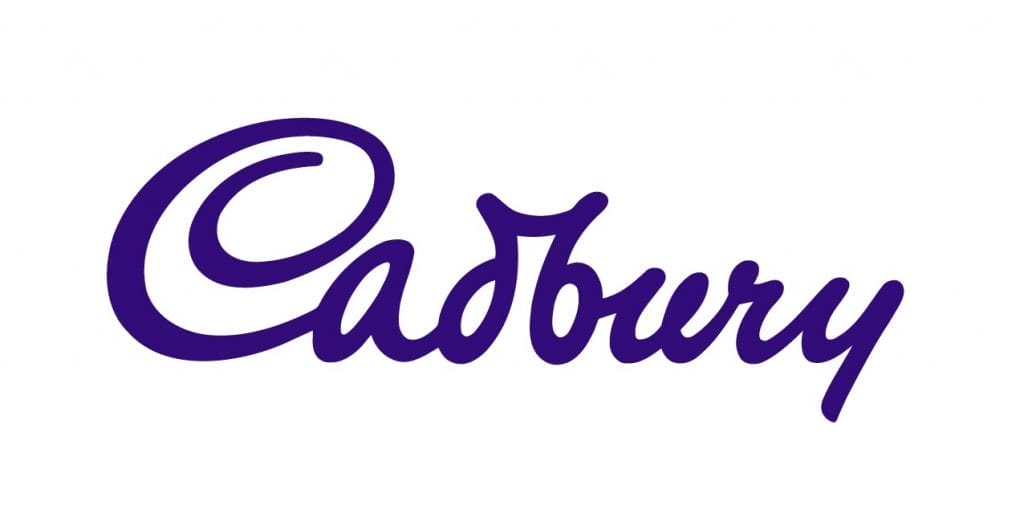
John Cadbury created Cadbury in 1824 and opened his first chocolate factory in Bourneville in 1879. He began making his famous chocolate bars in Birmingham, England. Since then, the brand has grown into one of the largest confectionery manufacturers in the world.
Rebranding is a strategic decision and requires careful planning and execution. Cadbury’s rebranding strategy involved three steps:
Consistency
Consistency means telling the same story consistently across all channels. Cadbury tells a story of happiness and joy through their chocolate bars. They want to share this story with consumers through packaging, social media, and advertising.
New logo design
For the first time in 50 years, Cadbury opted to reposition their brand in 2020 by returning to the original look of its logo. They did this to preserve the company’s friendly and joyful beginnings.
Cadbury uses purple, brown, and white colors and bold typography to create a memorable consumer experience. They use a minimalist approach to ensure that they can convey their message effectively.
Social Media
Consumers expect brands to interact with them on social media. Cadbury engages with consumers on Facebook, Twitter, Instagram, Snapchat, and Pinterest. They respond to consumer feedback and complaints. They also encourage consumers to share photos of themselves enjoying their products.
Spotify

Music streaming service Spotify now offers its users a new look, design, and feel. The latest version of Spotify is designed to help users discover contemporary artists and songs they might enjoy. This change came when Spotify faced competition from other music streaming services, including Apple Music, Pandora, Tidal, and Google Play Music.
Aside from its competitors, Spotify experienced a setback during the COVID-19 pandemic when most of its advertisers made budget cuts, putting Spotify in a dilemma.
A short while afterward, Spotify developed a strategy to rebrand itself by emphasizing more specific content, like podcasts and Spotify® Originals.

In addition, they highlighted carefully produced playlists (from AI, celebrities, internal experts, and external experts).
This tactic positioned Spotify as a content producer and tastemaker rather than just a music streaming service. More than 150k podcasts were uploaded in a single month by artists and users. The popularity of artist-curated playlists and exclusive celebrity podcast partnerships has exploded. Aside from Spotify, subscriptions are also performing well.
McDonald’s Brand Repositioning Strategy
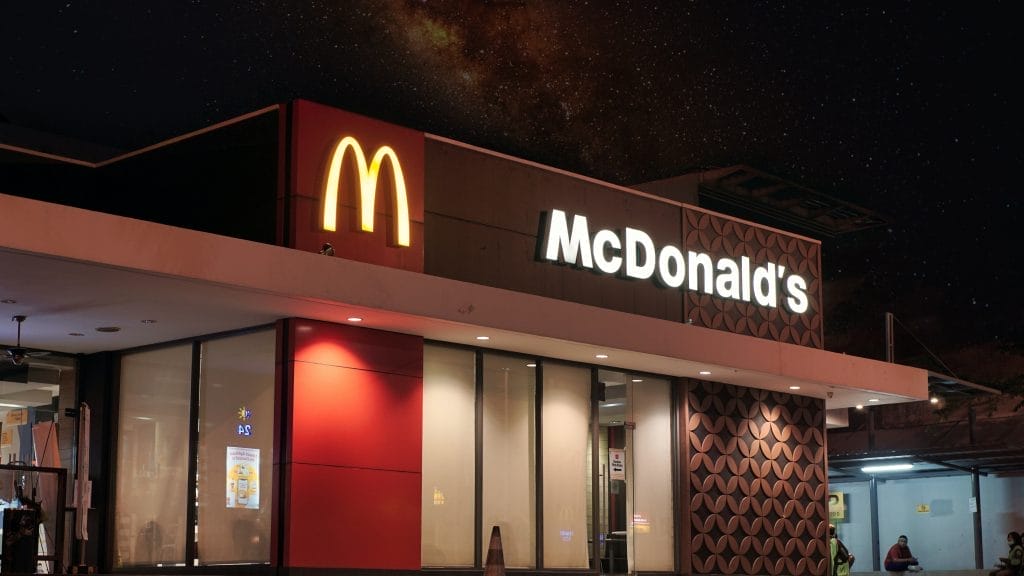
In the past few years, McDonald’s has suffered declining sales, negative publicity, and high costs. As a result, they decided to rebrand and change their image. They wanted to reflect their core values and create a positive brand identity that would appeal to modern consumers.
So what did they do? First, they hired a global design firm, Pentagram, to help develop a new logo and visual language. Then, they recruited a group of top advertising agencies to help them create new ads and commercials.
Finally, they commissioned research studies to understand consumer attitudes towards their brand better. After completing all this work, they were ready to launch their new brand.
The first thing anyone notices about McDonald’s is its iconic red “M” logo. This sign has endured throughout history and has become synonymous with the company. However, the old logo was outdated and didn’t match the current McDonald’s image.
To solve this problem, McDonald’s redesigned their logo. Overall, the new logo is simple yet elegant and conveys a sense of timelessness. It is also very memorable and recognizable.

McDonald’s created a series of new advertisements to communicate its unique brand message. These commercials featured celebrities including Justin Timberlake, Ryan Reynolds, Tom Hanks, Travis Scott, and Chrissy Teigan.
Each commercial highlighted one of three main themes: “Fresh,” “Good,” and “Fast.” For example, the Fresh theme focused on health, the Good theme emphasized quality ingredients, and the Fast theme promoted speed.
They shot all the commercials at real McDonald’s locations worldwide. Additionally, McDonald’s released several TV spots featuring everyday people talking about how much they love their burgers.
Many people think that McDonald’s only sells hamburgers. However, McDonald’s offers many different menu items, including chicken sandwiches, salads, desserts, milkshakes, wraps, smoothies, and even breakfast foods. To promote their new brand, McDonald’s used a variety of mediums to reach customers. These included print, television, radio, outdoor billboards, and social media.
9 Tips to learn from these brands

1. Brand Strategy
Branding is the first step toward any repositioning. It involves defining what your company stands for and its core values. This helps shape your company’s identity and the image your target audience sees.
2. Brand Name
It would be best if you chose a unique and memorable name. This should be something that people will associate with your brand and remember long after they first hear it. A good example is Starbucks. They chose “Starbucks Coffee®” rather than “Starbucks Coffee” because the former was easier to pronounce. There are many other examples of brands using their brand names as keywords.
4. Product Design
Product design focuses on ensuring that your products meet customers’ needs while keeping their expectations realistic and achievable. It makes sure that your brand identity is constant throughout multiple channels.
5. Logo
Your logo should represent what you stand for. It should be simple yet striking. Think about Apple’s iconic Apple logo. It’s an icon that portrays simplicity and elegance. When people think about Apple, they immediately think about this logo.
6. Website
You want to design a website that looks good and is easy to navigate. Make sure that the colors used are consistent throughout your entire website. Avoid being too flashy or having too much going on at once. Keep things clean and simple.
7. Content Creation
Content creation is the art of writing engaging articles that help your target audience learn something new. Additionally, developing relationships with your clients is essential through social media.
8. Social Media Management
Social media management is about managing your social media accounts effectively. It requires constant engagement with your followers, responding to comments, answering questions, and monitoring competition.
Connecting on social media is quite an effective way to attract your target audience. Facebook, Twitter, LinkedIn, Google+, Instagram, Pinterest, and Snapchat are some of the best social media platforms.
Use them effectively to share news and updates about your company and its products. People love sharing pictures and videos, so post lots of those!
9. Customer Service
Customer service is about ensuring that your customers feel valued and respected. It’s about listening to their feedback and addressing their concerns.
Handpicked For You:
- Product Repositioning: Definition, Strategies, & Examples
- 10 Poor Brand Image Examples & Poorly Branded Products
- The Starbuck Brand: Positioning, Segmentation, & Targeting
Final Thoughts On Brand Repositioning & Examples
While the suggestions and exercises above can be practical with little additional thought, they are intended to inspire you to think through your brand—and adapt it when necessary.
An authentic brand is a living, breathing thing: it evolves to reflect the organization’s vision, mission, and culture. It does not remain stagnant; otherwise, you end up with “corporate drift.”
The bottom line is that brands evolve, are never perfectly straight out of the gate, and must always remain malleable. And after all, who needs perfection if you have a good brand strategy?
RELATED: How to use Digital Marketing to Position your Brand
You love this Article, right? Get more Updates via Adilo’s Twitter Page




